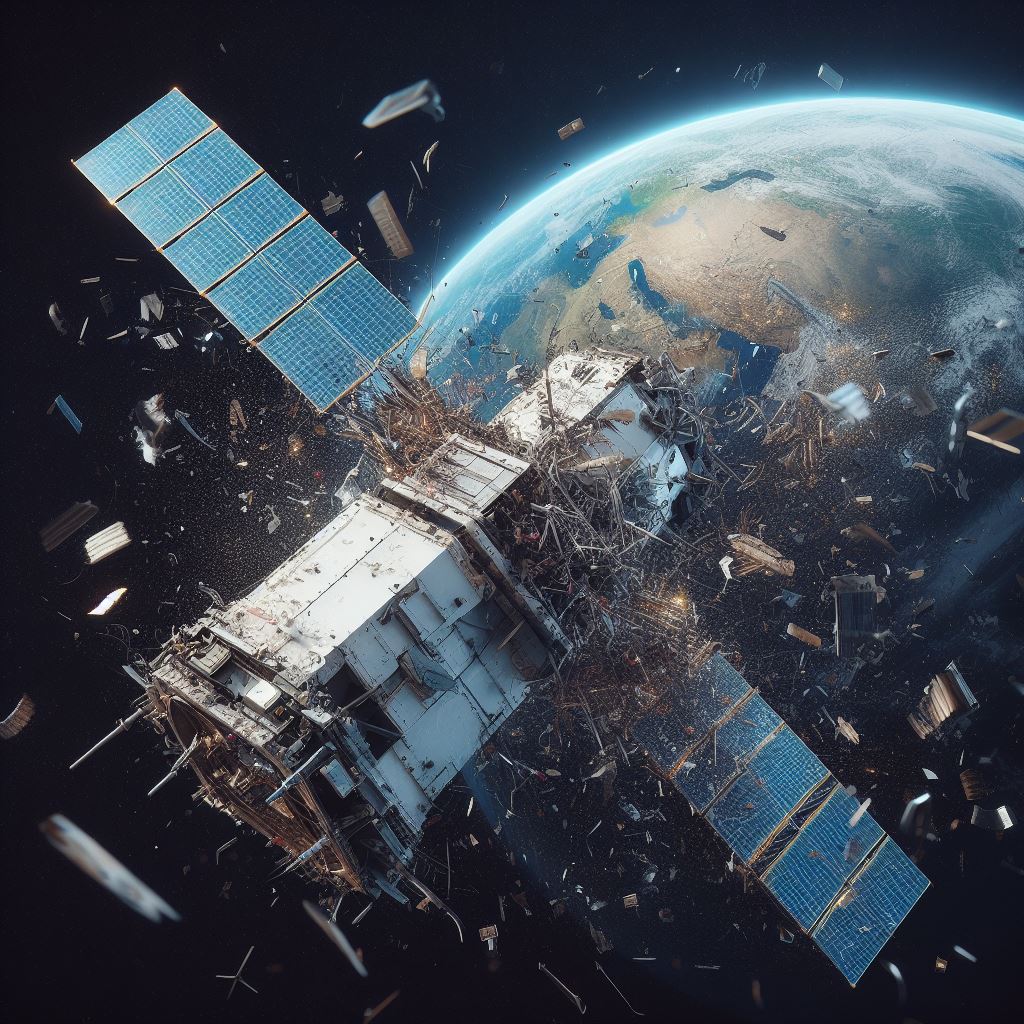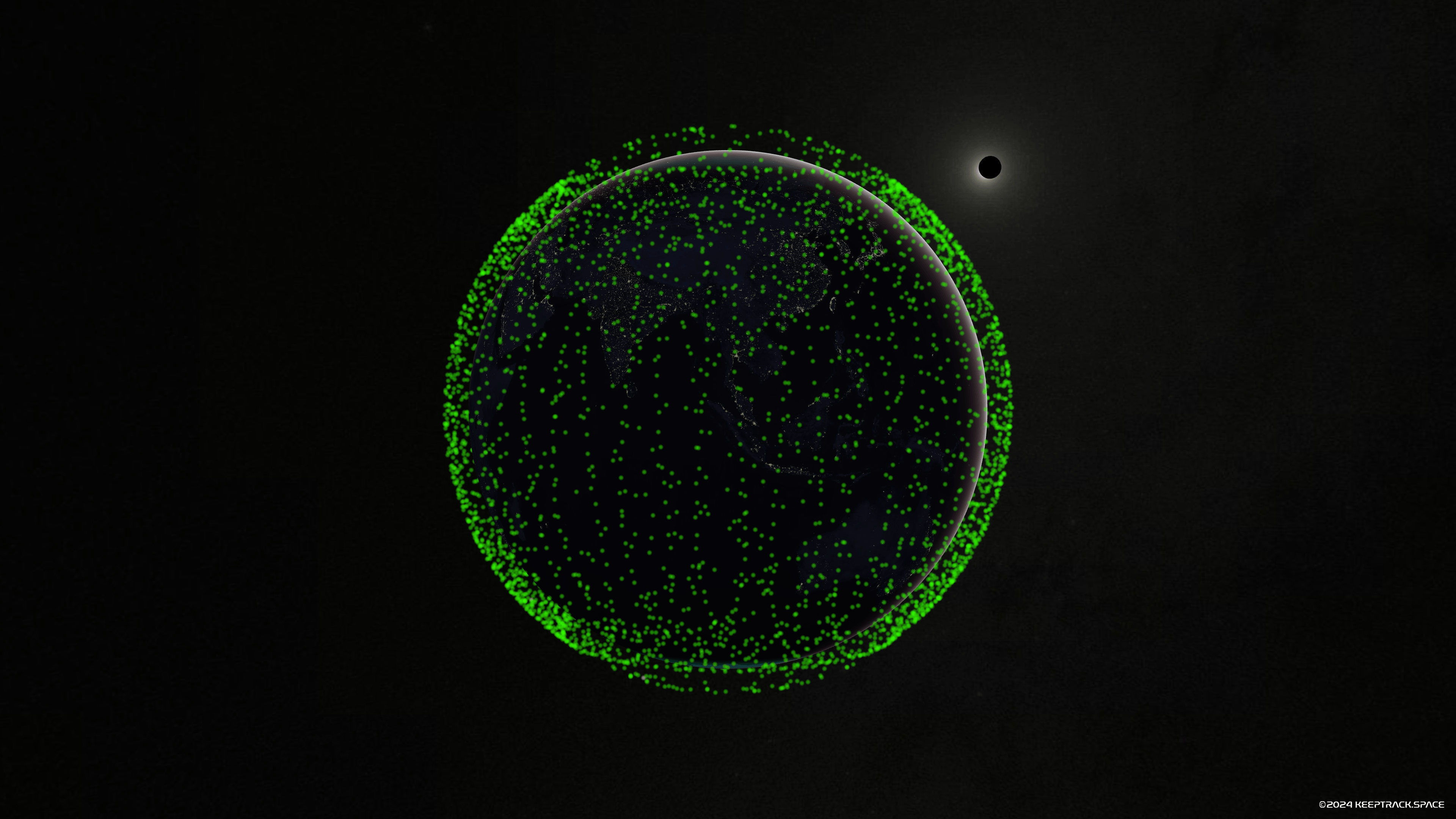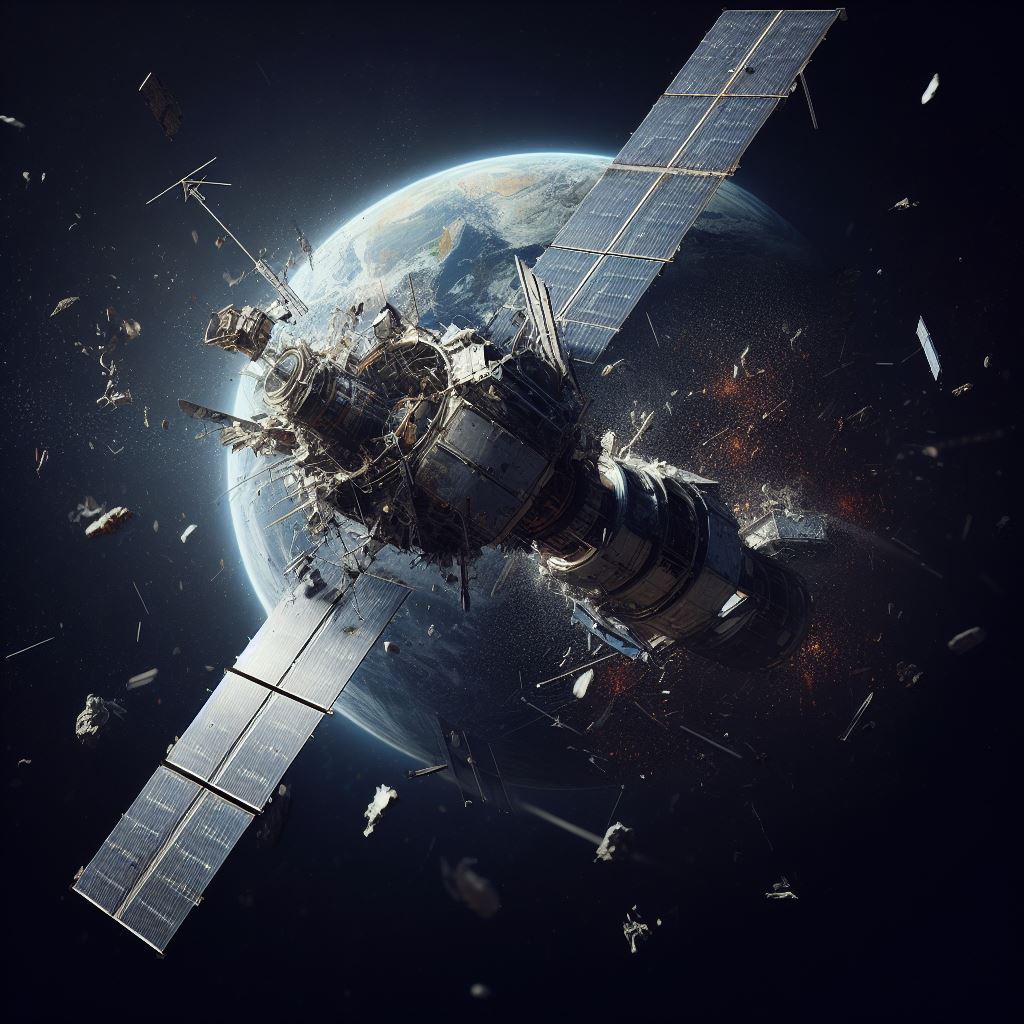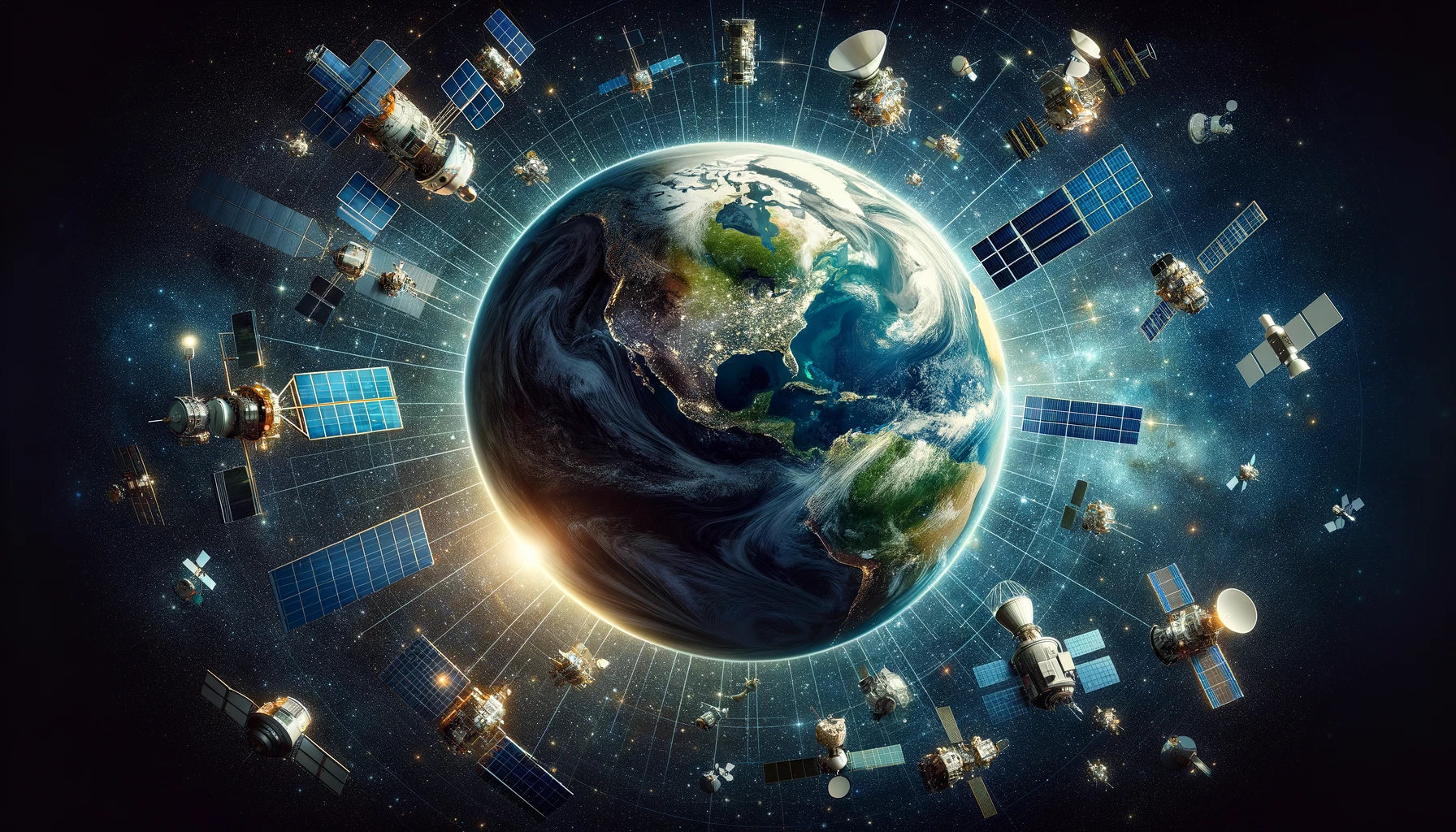· deep dive · 4 min read
Growing Threat of Space Junk
Over 27,000 high-speed pieces of space junk now threaten vital satellites, requiring sophisticated tracking and urgent innovation of orbital debris removal methods like harpoons and nets.
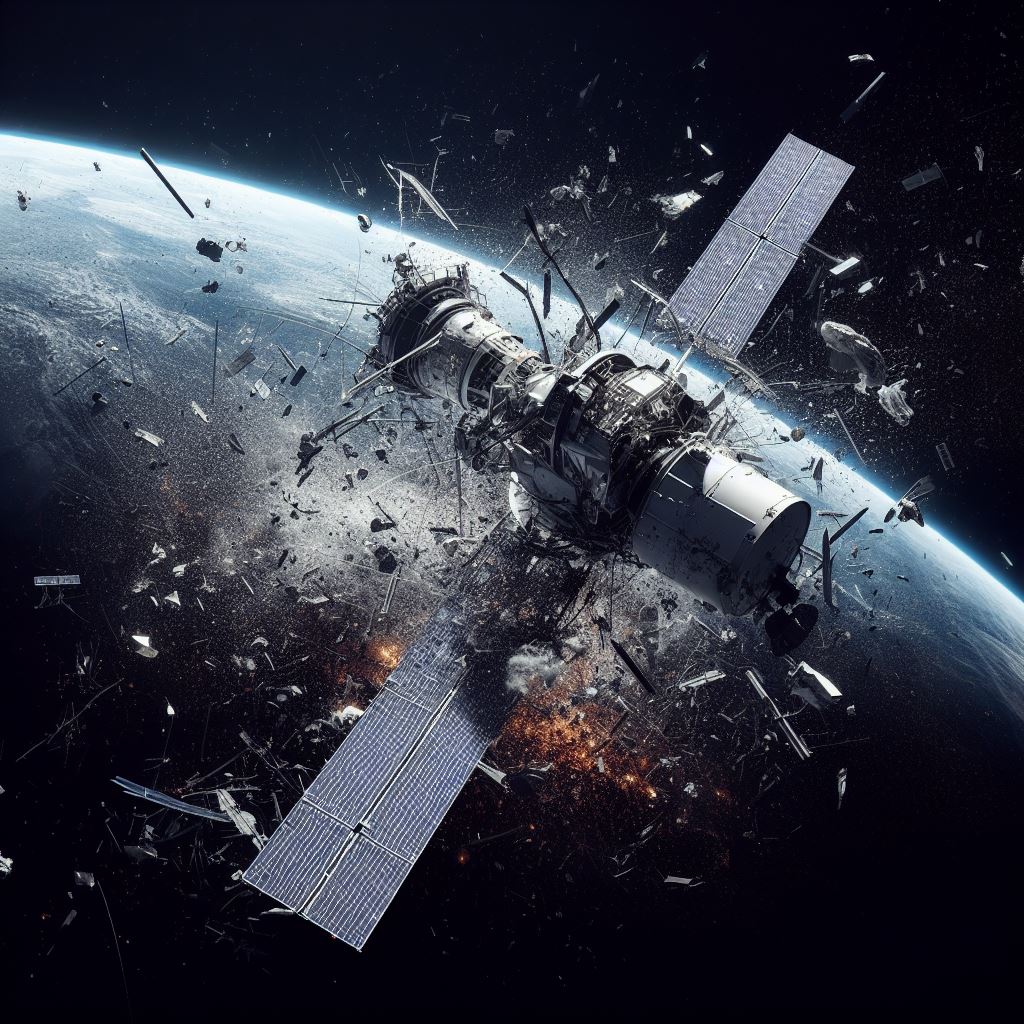
Orbiting high above Earth’s atmosphere is a massive, human-created problem - space junk. Consisting of defunct satellites, spent rocket stages, fragments from collisions, and even flakes of paint, this orbital debris whizzes around at nearly 18,000 miles per hour, posing a rising risk to operational spacecraft. Tracking and mitigating this threat has become essential to ensure safe, sustainable access to space.
Types of Space Junk
There are currently over 27,000 pieces of detectable space junk larger than a softball, along with millions of tinier fragments. All of this junk originates from decades of launching rockets, deploying satellites, conducting experiments, and testing weapons. Several major categories of debris exist:
- Rocket Stages - After depositing their payloads, many large rocket boosters remain in orbit for extended periods, capable of destroying anything they might collide with. For example, Russia’s massive SL-16 booster stages contain over 8 tons of metal and have a diameter spanning 4 meters.
- Defunct Satellites - While moved to orbital graveyards, retired satellites still have potential to cause catastrophic chain reactions if impacted since they contain dense components and large, fragile structures. Examples include Envisat and Landsat, two room-sized observation satellites inactive for years already.
- Explosion and Collision Fragments - Collisions produce myriads of smaller shards propagating in all directions at high velocities, further escalating the chance of subsequent impacts. A dramatic example occurred in 2007 when China destroyed a weather satellite in a missile test, generating over 3,000 traceable fragments.
- Miscellaneous Debris - Even small objects like bits of equipment, drops of coolant, or flecks of paint become major risks due to their incredible orbital velocities. Something as minor as a paint chip actually managed crack a window on the ISS in 2016.
So how exactly do we monitor and address this proliferation of small objects orbiting at speeds rivaling bullets?
Tracking Technologies
Keeping tabs on the ever-growing cloud of space junk relies on cutting-edge tracking sensors and software algorithms. Different altitudes and lighting conditions require varied technological approaches:
- Radar - Powerful ground-based emitters bounce radar beams off debris in lower orbits, precisely determining their range, speed, and dimensions. However, radar gets disrupted by weather and struggles obtaining some object details.
- Optical Telescopes - Employing visible and infrared frequencies, these ground and space-based systems can spot junk in higher orbits. But optics depends heavily on lighting angles and lacks fine precision.
- Lasers - By scanning objects with laser light, extremely exact position and velocity measurements enable following their complex trajectories over time. The drawback is lasers scatter passing through the atmosphere. Processing data from this suite of devices allows advanced models to predict where and when various pieces of debris will meet, helping warn operational satellites or space stations to avoid disastrous collisions.
If you’re interested in learning more about the sensors used to track space junk, check out our Satellite Tracking App.
Offsetting Growth
While tracking technology has grown more sophisticated, the actual quantity of debris continues increasing exponentially with each rocket launch and satellite deployment. And with explosive events like missile impacts or battery detonations still occurring sporadically, merely avoiding collisions proves insufficient. The fact is, actively removing junk already clogging orbital lanes has become essential for future operations in space.
Several innovative debris-cleanup concepts show promise:
- Japan recently pioneered an orbital junk removal demonstration mission using two small, interconnected spacecraft designed by the start-up Astroscale. One component acts as a mock debris target while the other safely captures it to prove the docking method’s viability. More testing lies ahead but successes so far prove the immense challenge isn’t insurmountable.
- An international consortium including the UK and European space companies has also investigated debris removal operations. However, beyond proving mechanical feasibility, major economic obstacles around cost and incentive still prevent implementations beyond small-scale tests.
- Other proposals suggest using harpoons, nets, solar sails, or robotic arms to grapple targets then safely de-orbit them over unoccupied regions of ocean. But all these still require maturing.
With so much vital research, infrastructure, and enterprise now happening in orbit, solving the space junk dilemma has turned into a top priority. Global cooperation and further innovation into economical debris elimination technology is indispensable if humanity hopes to realize the full potential beyond our atmosphere for generations to come.
